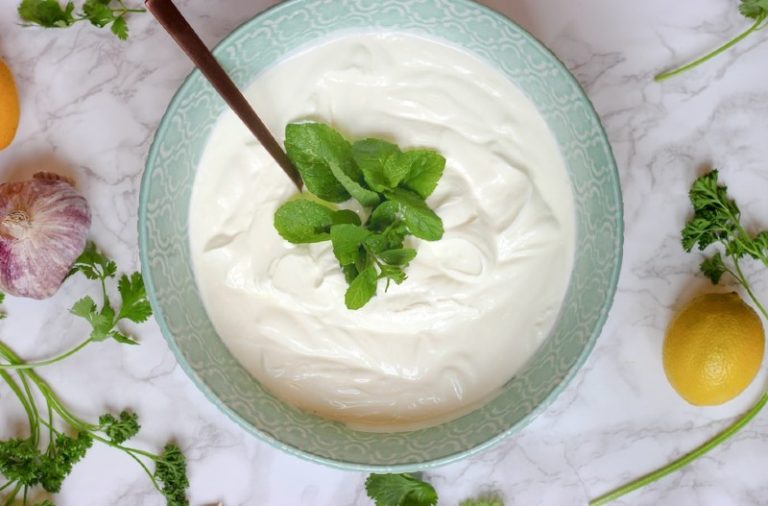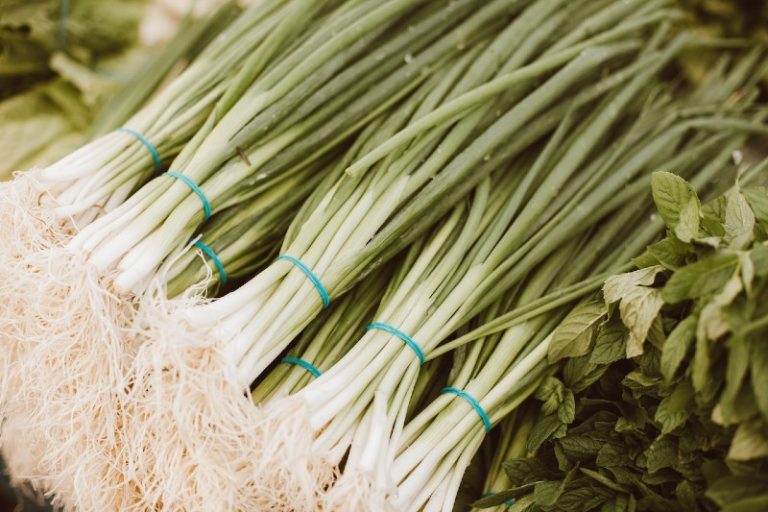Cardoons
The cardoon, Cyanara Cardunculus, is a member of the thistle family, just like the globe artichoke, and is to be found mainly in Sicily and North Africa. It is thought that Arab invaders brought the plant to the Mediterranean islands of Sicily, Sardinia and possibly also Corsica. The Greeks and the Romans regarded the plant as a delicacy, and they cooked the stems and the heads, although in modern times people only tend to eat the stems, because there is really very little edible flesh in the heads once the choke is removed. There is an awful lot of hard work in removing the outer spikes of the heads, removing the choke, removing the tough inner leaves, and so on, and to be left with so very little to consume is really rather disheartening. I sometimes cut the cardoon stalks and heads as interesting and unusual cut flowers.
I have tried blanching the cardoon stalks and the inner ribs of the leaves, and then frying them lightly with some butter and a little chicken stock, sea salt and pepper. They taste slightly bitter, like radicchio leaves, with an after-taste close to artichoke and celery. They are very meaty and quite filling, and would go well in a risotto, il risotto dei cardi. They look beautifully architectural in the border, real summer garden showstoppers. Of course, when the head opens to reveal a purple flowery tuft, just like the common thistle, the bees will swarm all over it.
They like a well drained soil with plenty of horticultural grit, a sunny, sheltered spot, plenty of space, and protection from wind. They grow on the same bed as my mint. In the autumn I cut them back to a height of about 20 cm, and protect the crown of the plant with leafmould, humus and homemade compost. I have lost a few plants during the worst of the 2009-2010 winter, but it is wise to note that they are thugs, and one plant will quickly take over a whole bed, just like weeds. They soar upwards to the sky, and you may well need to stake them before they reach a height of over 90 – 100 cm.
Alex Johanssen
Alex Johanssen is a dinner lady at her little local village primary school. She works part-time, as she has two small children, and helps prepare, cook and serve hundreds of meals every week to growing children who love really good, tasty food. Her secrets for getting children to try as many different types of food as possible are to keep everything simple, don’t make fussy sauces, show children how food grows and get them involved in the kitchen.


